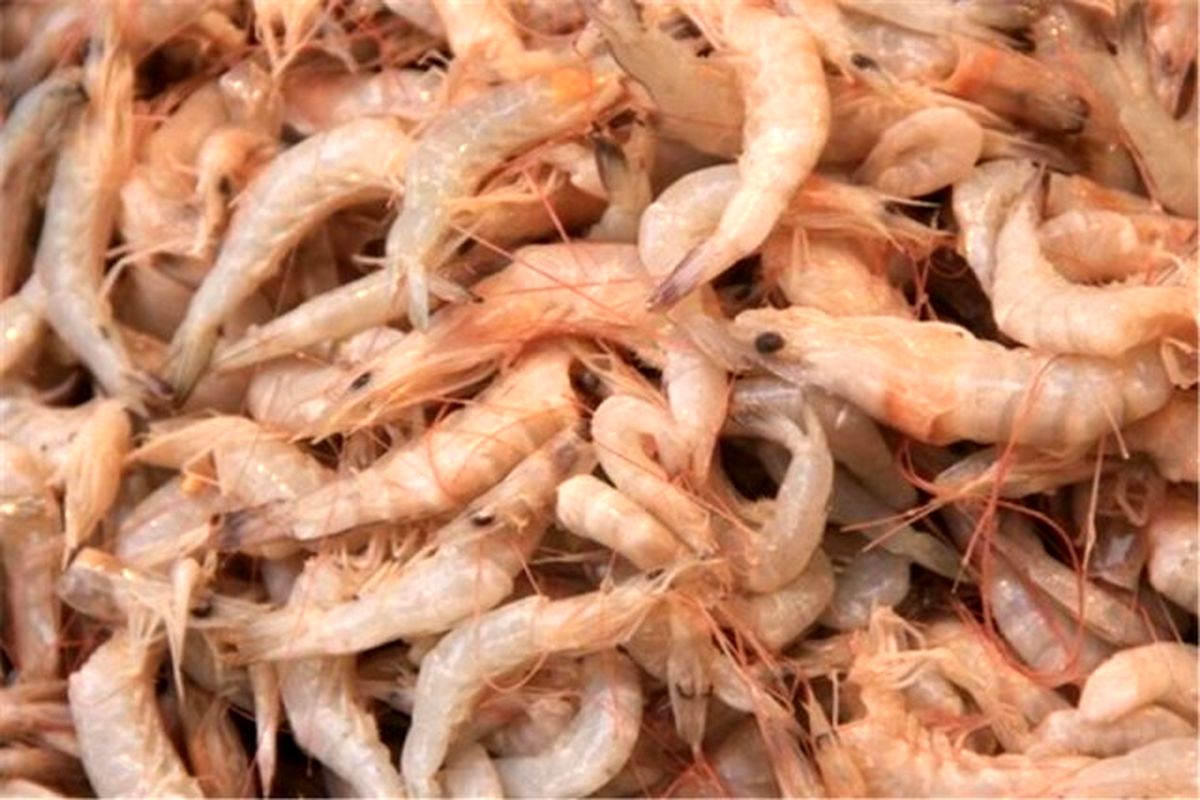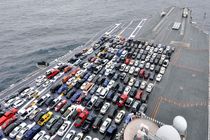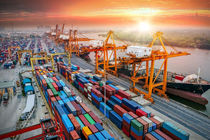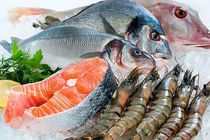Rise in Iran's shrimp export
According to latest data, Iran's shrimp export has exceeded $31.3m in 5 months.

MojNews-According to latest data, Iran's shrimp export has exceeded $31.3m in 5 months.
As reported by the Islamic Republic of Iran Customs Administration (IRICA), Iran exported shrimps valued at $31.3 million in the first five months of the current Iranian calendar year (March 20-August 21).
IRICA has reported that the value of Iran’s fishery export increased by 24 percent during the first five months of the present year, as compared to the same period of time in the past year.
According to the IRICA report, the country exported 68,000 tons of fishery worth $138 million in the five-month period of this year, also indicating 32 percent rise in terms of year on year.
Also as previously announced by the director general of the Iranian Ministry of Agriculture’s Office of Quality Improvement, Processing, and Aquatic Market, the value of Iran’s fishery export increased by over 30 percent during the first quarter of this Iranian calendar year (March 20-June 20), as compared to the same period of time in the past year.
Mokhtari said that the country exported 73,369 tons of fishery valued at $121.4 million in the first quarter of this year, while the figure was 52,282 tons worth $93.1 million in the same time span of the past year.
Abbas Mokhtari said that the country exported 73,369 tons of fishery valued at $121.4 million in the first quarter of this year, while the figure was 52,282 tons worth $93.1 million in the same time span of the past year.
The official also announced that the quarterly fishery export indicates over 40 percent rise in terms of weight year on year.
The Islamic Republic of Iran Customs Administration (IRICA) has announced that Iran's fishery exports in the last Iranian calendar year (ended on March 19) increased by three percent and exceeded $310 million.
The IRICA said the weight of exported fishery products in the last Iranian fiscal year was 149,000 metric tons, which shows a 12 percent increase compared to the previous year.
During the last Iranian fiscal year, shrimp exports also reached $98.5 million, accounting for 32 percent of the total export value among Iran's fishery products.
Russia, the United Arab Emirates, and China were the main destinations for Iran's exported shrimp during the mentioned period, showing a decrease of 26 percent in terms of value compared to the previous year.
According to the report, fisheries exports account for less than 70 percent of Iran's total exports, with the UAE, China, Russia, and Iraq being the largest markets for Iran's fishery products.
Iran imported 24,000 metric tons of fishery products worth $72 million last year, indicating an increase of 121 percent in terms of weight and an increase of 113 percent in terms of value.
The growth and development of Iran’s aquaculture industry has reached the point where the country has become a model for the countries of the region and the world.
The United Nations Food and Agriculture Organization (FAO) believes that Iran plays a responsible and central role in the fishing and aquaculture industry in the region, and for this reason, it can be considered a model for the countries of the region.
Now the world markets have become the target of the export of the country's fishery products, so that, the value of fishery exports also increased by 67 percent in the Iranian calendar year 1400 compared to the preceding year.
In addition to the executive role of the IFO, the role of research and knowledge-based activities in this field is very important, and the entry of young specialists and knowledge-based experts in various sectors of the fishery industry has made the sanctions ineffective.
In mid-April, the Head of Shrimp and Marine Aquatic Affairs of Iran Fisheries Organization (IFO) Ghobad Mokarami said the country’s fishery production is expected to reach 206,000 tons in the next two years.
“If we double the number of breeding pools in the next two years, we will reach more than 206,000 tons of fishery production, which is a significant number,” Mokarami said.
In early April, a cooperation agreement was signed between 12 companies and groups of stakeholders in the field of fish farming to create a value chain for caged fish farming in the Caspian Sea region in northern Iran.
a total number of 12 influential companies and groups with a long history in various sectors of the industry, including the production of hatched eggs, baby fish nursery as the primary production input, health, nutritional and executive management of fish farms in cages, fish farms on land, export and trading of products, fishing unions and feed production factories, have agreed to create a value chain with a production capacity of 1,500 tons of fish by using all the country's hardware and software technologies to accelerate the development of the cage fish farming industry in the Northern waters of Iran.
The most important projects identified for the creation of this chain value include the completion of the technological equipment of the caged fish farm, including imaging, farm management software, etc., completion of the equipment and the optimization of the intermediate farms, including the nano-bubble, ozone, and filtration systems, and creation of the production-line of value-added products from fish waste to supply the raw materials of aquatic feed, concentrate production project to increase the safety of farmed fish by using medicinal plants to reduce the consumption of antibiotics, completing and equipping the processing unit including IQF machine, automatic processing, etc.
Design and construction of support float for caged fish breeding farm, completion of surveillance system equipment for breeding and nursery unit, implementation of the project for selection and production of Iranian triploid eggs, creation of a specialized feed production line for fishmeal, and supply of specialized vehicle for transporting fish are other projects to be implemented by the companies.
In a relevant development in March, a nanobubble generating machine was produced by one of the knowledge-based companies in Iran which improves productivity in fish farming ponds.
“Our knowledge based has produced nanobubble generators. These generators can dissolve oxygen and various other gases such as ozone in a nano form for disinfection and purifying wastewater,” said Saeed Mokhberi, one of the researchers of the Iranian knowledge-based company.
“This product is used in both aquaculture and agriculture. In aquaculture, the machine will increase the population of cool-water fish species by 2-3 times, while it will reduce electricity consumption by 70 percent,” he added.
Mokhberi mentioned removing the unpleasant smell of fish and improving the quality of farmed fish by making ponds healthier as another advantage of the machine, adding, “This generator will improve the conversion rate of food to protein, control the growth of bacteria and prevent diseases.”
“In the aquaculture industry, the two problems of supplying oxygen to the water and the amount of nitrogen caused by the remaining food and fish waste emerge, which cause water pollution. This system is up to 85% efficient compared to the previous systems, whose efficiency was up to 18 percent.”





Add Comment